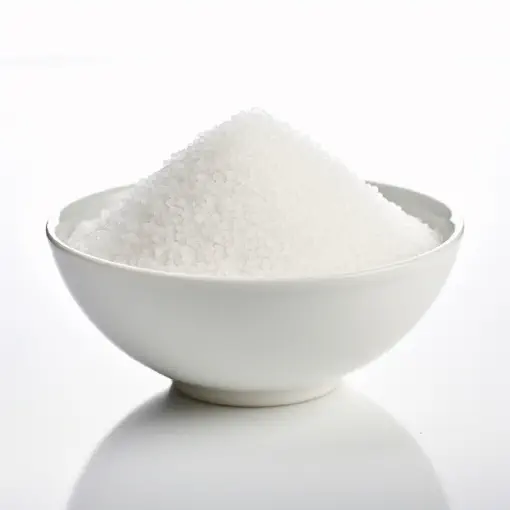Fischer-Tropsch wax, also known as FT wax, is a petroleum-derived wax produced through the Fischer-Tropsch process. It exhibits the following physical features:
Characteristics
-
Appearance:
Fischer-Tropsch wax is a hard, solid substance at room temperature. It is typically found as white or off-white flakes, pellets, or powders.
-
Melting Point:
The melting point of FT wax can vary depending on the specific composition, but it generally ranges between 45°C (113°F) and 100°C (212°F).
-
Odor:
FT wax is typically odorless or has a very mild, waxy odor.
-
Density:
The density of Fischer-Tropsch wax can range from around 0.8 to 1.1 grams per cubic centimeter (g/cm³).
-
Solubility:
FT wax is insoluble in water and does not dissolve readily in polar solvents. However, it is soluble in non-polar solvents like mineral spirits, kerosene, and some hydrocarbon-based solvents.
-
Chemical Composition:
Fischer-Tropsch wax is composed primarily of long-chain hydrocarbons, typically ranging from C20 to C100 or higher. It consists mainly of linear and branched alkanes (paraffins) and may contain a small amount of cyclic hydrocarbons.
-
Crystalline Structure:
FT wax exhibits a crystalline structure, with the degree of crystallinity depending on factors such as the specific blend and processing conditions.
These physical features make Fischer-Tropsch wax suitable for various applications, including candles, coatings, adhesives, and polishes. Its high melting point and stability make it desirable for usage in products that require resistance to heat and aging.
Applications
Fischer-Tropsch (FT) wax, due to its unique properties, finds several industrial applications. Some common applications of FT wax include:
-
Candles:
FT wax is widely used in candle manufacturing due to its high melting point and ability to provide a clean and long-lasting burn.
-
Coatings and Polishes:
FT wax is used in the formulation of coatings, polishes, and surface treatments due to its ability to provide protection, gloss, and smoothness to various surfaces like wood, metal, and floors.
-
Adhesives and Sealants:
FT wax can be used as an additive in adhesives and sealants to modify their rheological properties, enhance tack, and improve the overall performance and adhesion.
-
Printing Inks:
FT wax is used as an ingredient in printing inks, including offset, gravure, and flexographic inks, to improve slip, abrasion resistance, and to control ink flow and gloss.
-
Rubber and Plastics Processing:
FT wax acts as a lubricant and dispersant in rubber and plastic processing. It improves the flow and processability of materials during compounding, extrusion, and molding operations.
-
Personal Care Products:
FT wax finds use in various personal care products such as creams, lotions, lip balms, and hair care products as a consistency modifier, emollient, and binder.
-
Textiles and Leather:
FT wax can be incorporated into textile finishing agents and leather treatments to improve water repellency, softness, and abrasion resistance.
These are just a few examples of the industrial applications of Fischer-Tropsch wax. The versatility and properties of FT wax make it a valuable ingredient in various industries where wax-based materials and formulations are required.
